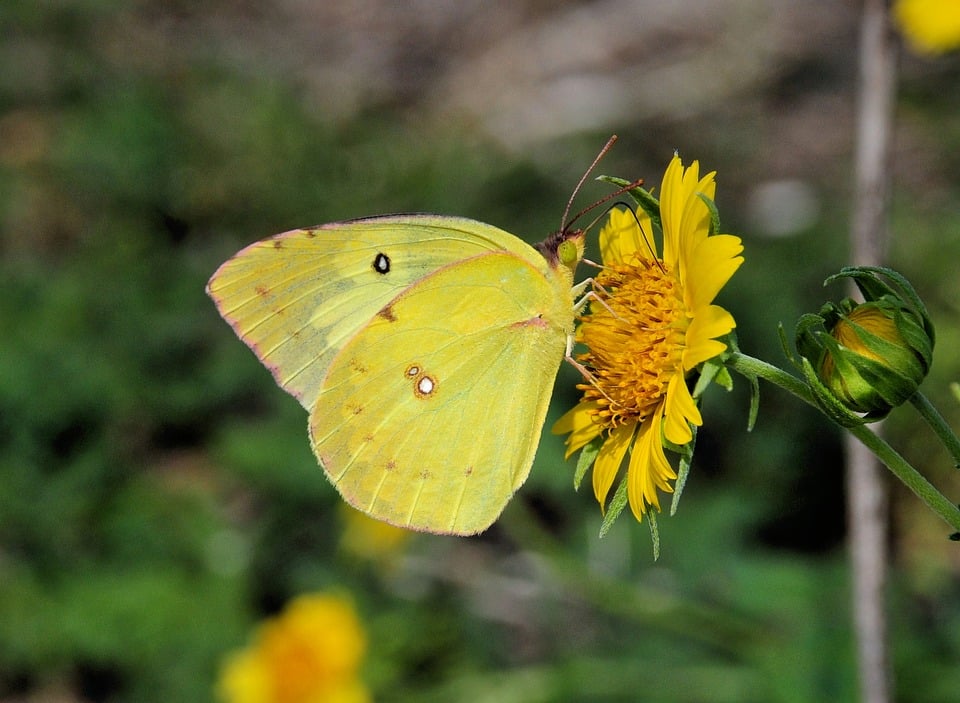In a world that is becoming increasingly interconnected, it is more important than ever to celebrate and preserve the unique traditions that make each culture distinct. From ancient rituals to modern customs, traditions serve as a window into the history, beliefs, and values of a society. This article will explore the diverse traditions practiced around the world, highlighting their significance and the role they play in shaping cultural identity.
The Historical Context of Traditions
Traditions have been passed down from generation to generation for centuries, evolving and adapting to changing times while retaining their core essence. They serve as a link between the past, present, and future, connecting individuals to their roots and providing a sense of continuity in an ever-changing world. Historical events, religious beliefs, and societal norms have all influenced the development of traditions, shaping them into the rich tapestry of customs we see today.
Ancient Traditions
Many traditions have their roots in ancient practices that have stood the test of time. These rituals often have deep spiritual or cultural significance, honoring deities, ancestors, or natural elements. For example, the Chinese New Year celebrations date back thousands of years and are marked by elaborate parades, dragon dances, and fireworks to ward off evil spirits and welcome good luck for the coming year. Similarly, the Maasai people of Kenya have preserved their traditional rite of passage ceremonies, such as the warrior’s circumcision ritual, to maintain their cultural heritage and identity.
Modern Traditions
While some traditions have ancient origins, others have emerged more recently in response to contemporary challenges or cultural shifts. Globalization and technological advancements have led to the exchange of ideas and practices between different cultures, resulting in the fusion of traditional and modern elements in new traditions. For instance, the annual Diwali festival in India has evolved to include eco-friendly practices like using clay lamps and natural dyes to reduce environmental impact, while still maintaining its traditional rituals of lighting oil lamps and sharing sweets with loved ones.
The Current State of Traditions
In today’s fast-paced world, traditional practices are facing challenges from globalization, urbanization, and generational shifts. Younger generations may be less inclined to follow age-old customs, choosing instead to adopt more modern and convenient ways of living. However, many communities are making efforts to preserve and promote their traditions, recognizing the value they bring to their cultural identity and sense of belonging.
Challenges to Traditions
One of the main challenges to traditions is the influence of external forces that threaten to erode their significance and relevance. Westernization, consumerism, and mass media can all serve to homogenize cultural practices, leading to the loss of unique traditions that have been passed down for generations. Additionally, rapid urbanization and migration to urban centers can disrupt traditional ways of life, making it harder for communities to maintain their customs and pass them on to future generations.
Preservation Efforts
Despite these challenges, many individuals and organizations are working tirelessly to preserve and revitalize traditional practices in their communities. Cultural institutions, museums, and educational programs play a crucial role in documenting and promoting traditions, ensuring that they are not lost to history. Initiatives like UNESCO’s Intangible Cultural Heritage list help to safeguard and raise awareness about endangered traditions, providing much-needed support and recognition to communities that are striving to protect their cultural heritage.
The Future of Traditions
As we look towards the future, it is important to consider how traditions will continue to evolve and adapt in response to changing societal dynamics. While some traditions may fade away over time, others will continue to thrive and evolve, incorporating new influences and innovations to stay relevant in the modern world. By embracing diversity and celebrating the unique traditions of different cultures, we can create a more inclusive and harmonious society that values the richness of cultural heritage.
Adapting to Change
In order to survive and thrive, traditions must be able to adapt to changing circumstances and embrace new ideas and practices. This may involve incorporating modern technologies, sustainable practices, or innovative approaches to keep traditions alive and relevant for future generations. By striking a balance between preservation and innovation, communities can ensure that their traditions remain vibrant and meaningful in a rapidly changing world.
Fostering Cultural Exchange
One of the key ways to ensure the survival of traditions is to foster cross-cultural exchange and collaboration, allowing different communities to learn from each other and share their unique practices. By opening up dialogues and creating opportunities for cultural exchange, we can break down barriers and promote understanding and appreciation for diverse traditions. Festivals, workshops, and educational programs that bring people together to celebrate and learn about different traditions are essential in promoting cultural diversity and unity.
Conclusion
In conclusion, traditions are a vital part of cultural identity that enrich our lives and connect us to our shared past. By celebrating and preserving the diverse traditions practiced around the world, we can foster a greater sense of understanding, respect, and appreciation for the unique heritage of each community. As we navigate an increasingly globalized world, it is essential to value and protect traditions as a source of strength, resilience, and inspiration for future generations. Thank you for joining us on this exploration of traditions around the world, and we encourage you to continue learning about the rich tapestry of cultural diversity that makes our world a vibrant and dynamic place.
For further reading on this topic, we recommend exploring the following resources:
– UNESCO Intangible Cultural Heritage: https://ich.unesco.org/
– National Geographic’s Cultures of the World: https://www.nationalgeographic.com/magazine/culture/
– The Smithsonian Folklife Festival: https://folkways.si.edu/festival
